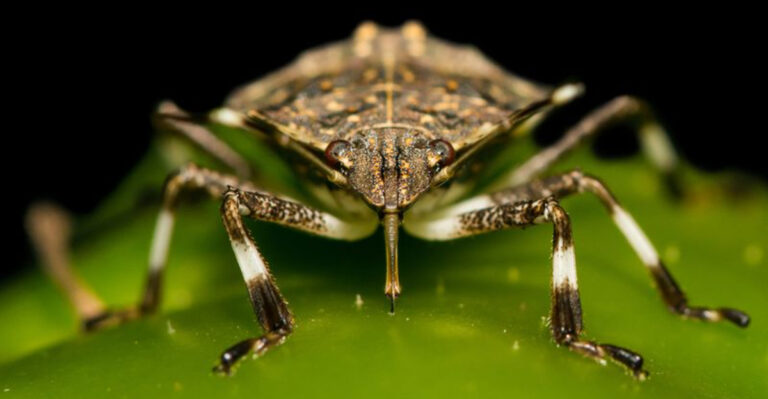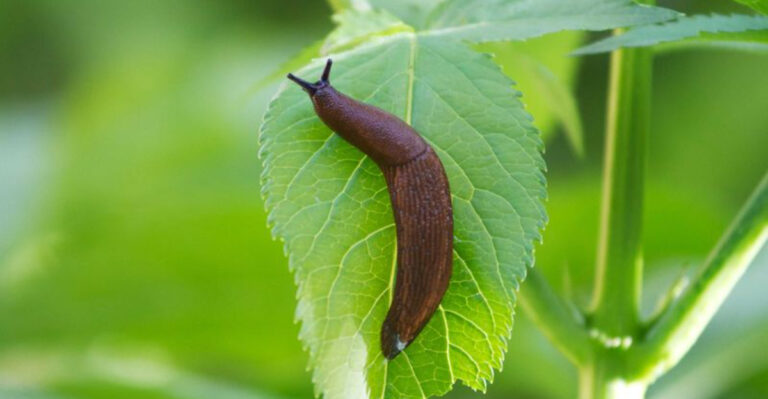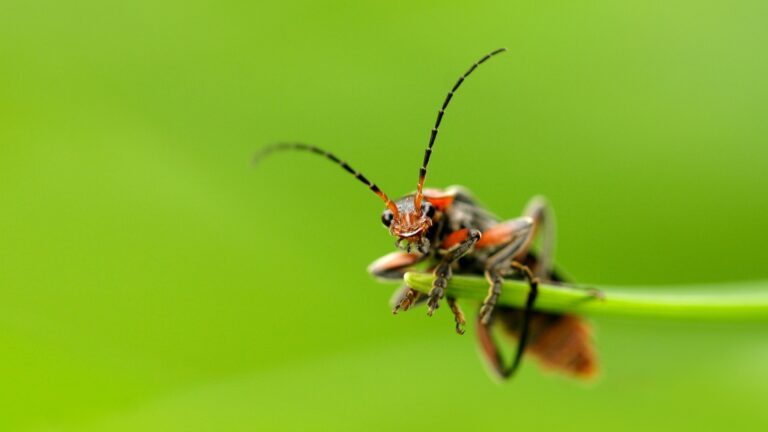13 Elusive Mammals You’ll Probably Never Spot In U.S. National Parks
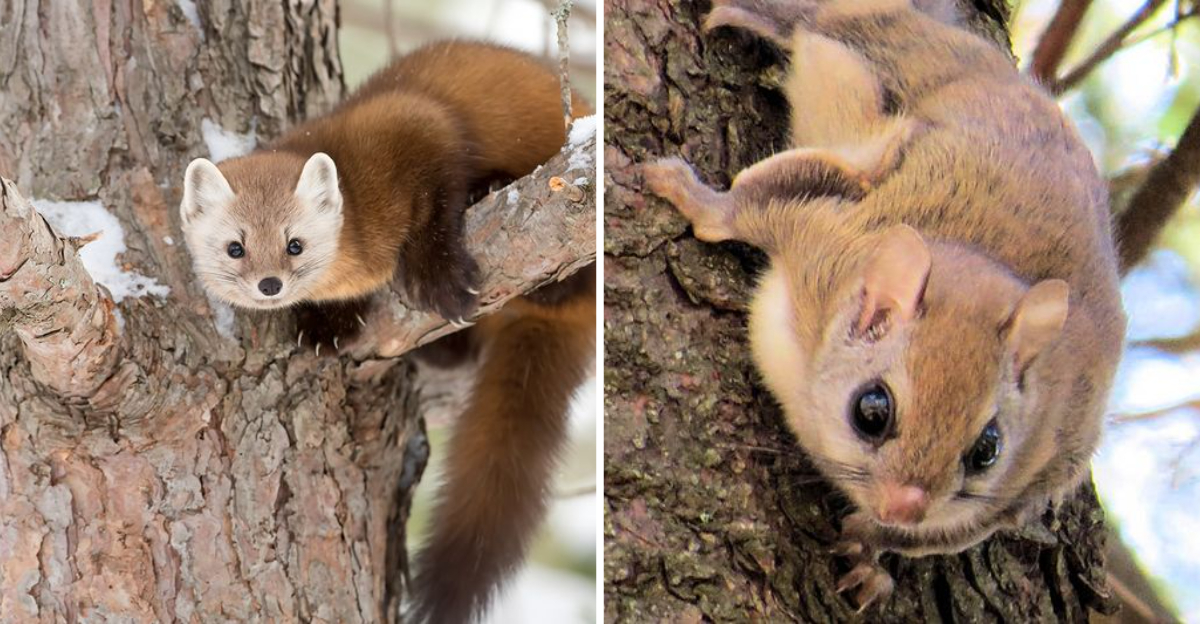
America’s national parks are wildlife wonderlands, home to thousands of fascinating creatures. While bison, elk, and black bears often make appearances for lucky visitors, some mammals remain hidden legends.
These secretive creatures have mastered the art of avoiding human contact through nocturnal habits, remote territories, or dwindling populations.
Here’s a look at the most mysterious mammals that call our national parks home – but don’t expect to snap a selfie with them anytime soon!
1. Ghost Of The Everglades – Florida Panther
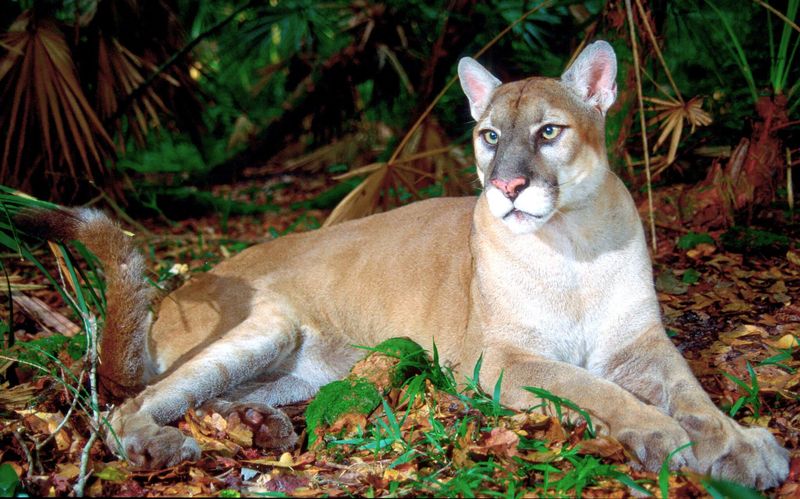
Only about 120 remain in the wild, making these tawny predators among America’s most endangered mammals. Florida panthers prowl the remote swamplands of Everglades National Park under cover of darkness, hunting deer and wild hogs.
Masters of stealth, they can vanish into saw palmetto thickets without a sound. Their territories span up to 200 square miles – an area larger than many cities.
Park rangers work there for decades without glimpsing one. If you think you’ve spotted a panther, it was likely a bobcat. The real thing moves like smoke through the cypress – there one moment, gone the next.
2. Mountain Phantom – Wolverine
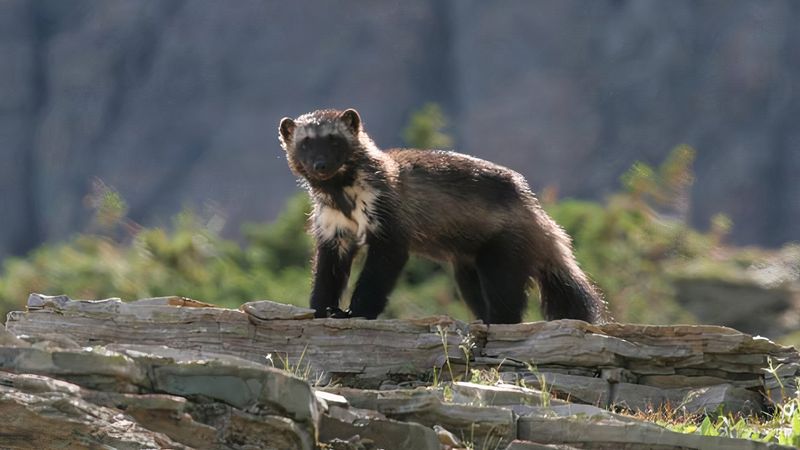
Pound for pound, these fierce mustelids might be America’s toughest mammals. Resembling small bears with bushy tails, wolverines roam vast alpine territories in Glacier and North Cascades National Parks, sometimes covering 15 miles daily across brutal terrain.
Winter doesn’t slow them down – their oily fur resists frost even in subzero temperatures. Scientists estimate fewer than 300 remain in the lower 48 states.
Their preferred habitats include remote mountain basins where few hikers venture. Between their natural scarcity, massive home ranges, and preference for untouched wilderness, most wildlife biologists consider themselves lucky to spot one wolverine in their entire career.
3. Desert Drifter – Ringtail
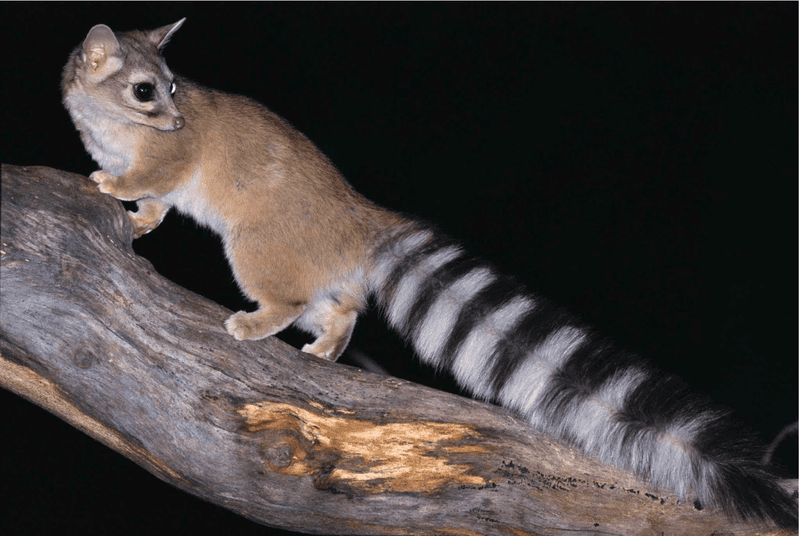
Think raccoon meets cat meets monkey – that’s the ringtail. With fox-like faces, enormous eyes, and striped tails longer than their bodies, these nocturnal acrobats perform gravity-defying stunts across canyon walls in parks like Grand Canyon and Zion.
Early miners called them “miner’s cats” because they kept cabins free of mice. Their ankle joints can rotate 180 degrees, allowing them to descend cliff faces headfirst!
Despite living near popular trails, ringtails remain virtually invisible to visitors. They emerge only after dark, moving silently through juniper and pinyon pine forests. Their soft footpads make no sound as they hunt insects and small rodents by starlight, vanishing before dawn breaks.
4. Shadow Swimmer – River Otter
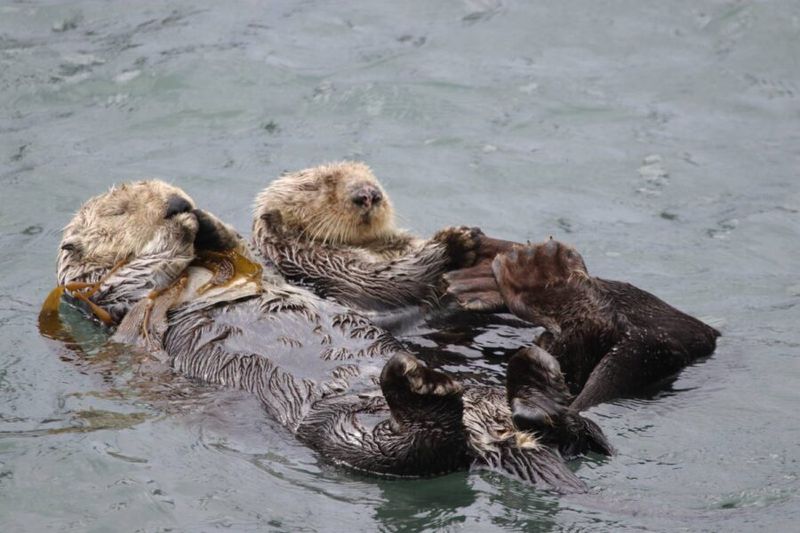
Sleek, playful, and surprisingly elusive, river otters glide through waterways of Olympic and Acadia National Parks like liquid shadows. Despite their playful reputation, wild otters rarely perform their famous belly slides where humans can witness them.
These aquatic weasels can hold their breath for up to eight minutes, disappearing beneath the surface at the first sign of danger. Most active at dawn and dusk, they patrol territory boundaries that can stretch along 50 miles of shoreline.
Visitors often mistake muskrats or beavers for otters. The real clue? Watch for bubbles tracing mysterious patterns across still water – it might be an otter hunting below, completely unaware of being almost spotted.
5. Night Flyer – Spotted Bat
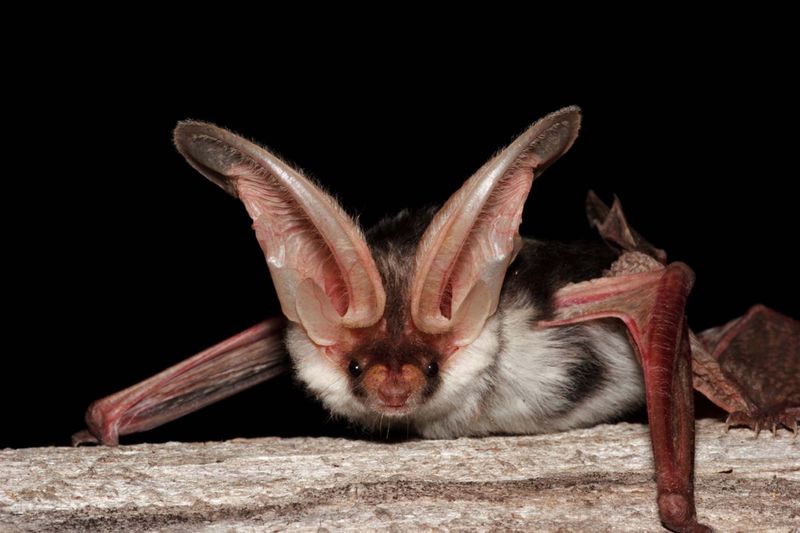
With enormous ears nearly as long as its body and distinctive white spots on jet-black fur, the spotted bat looks like something from a fantasy novel. These rare flying mammals hunt moths high above canyons in parks like Canyonlands and Zion, using echolocation calls so high-pitched even most bat detectors can’t register them.
Unlike most bats that roost in caves or trees, spotted bats prefer narrow cracks in towering cliff faces hundreds of feet high. Their striking appearance makes them instantly recognizable – if you could ever see one up close.
Even dedicated bat researchers rarely encounter them. Most confirmations come from specialized sound equipment that catches brief snippets of their unique calls as they streak through the night sky.
6. Forest Wraith – Fisher
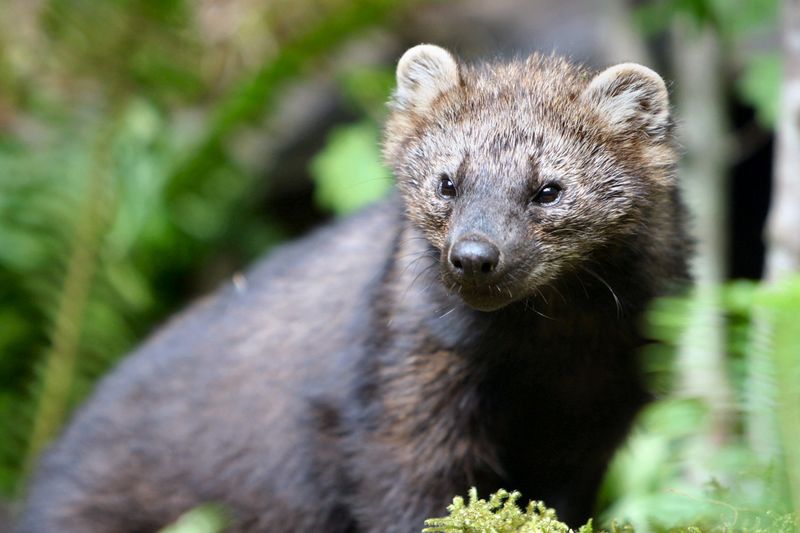
Forget everything you know about fishing – these dark, muscular members of the weasel family never catch fish! About the size of house cats but with longer bodies, fishers silently patrol old-growth forests in Olympic and Voyageurs National Parks, hunting porcupines that few other predators dare approach.
Nearly wiped out by fur trappers, these remarkable climbers have slowly returned to some forests. They can rotate their hind feet 180 degrees to descend trees headfirst like squirrels.
Intensely secretive, fishers leave few signs besides occasional tracks in snow or mud. Their presence is often only confirmed through remote cameras or DNA from fur samples. During daylight hours, they curl up in hollow trees, invisible to passing hikers.
7. Swamp Specter – Marsh Rabbit
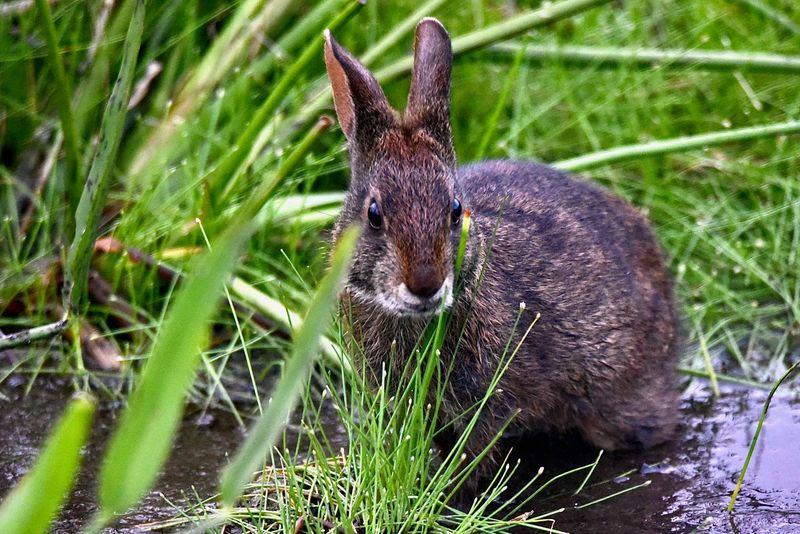
Unlike their bouncy cottontail cousins, these unusual rabbits have adapted to life in the murky waters of Everglades National Park. Half the battle of spotting one is knowing what you’re looking for – they lack the white tail flash that signals “rabbit” to most observers.
Masters of the wetlands, marsh rabbits swim with surprising grace, paddling with their hind legs while their front paws tuck neatly against their chests. When threatened, they dive underwater, hiding with just their nostrils exposed among water plants.
Dawn patrols through swampy areas offer the best chance of glimpsing one. Their coppery fur blends perfectly with dried sawgrass and cypress knees, making them nearly invisible even when sitting motionless just feet from the boardwalk.
8. Pine Prince – American Pine Marten
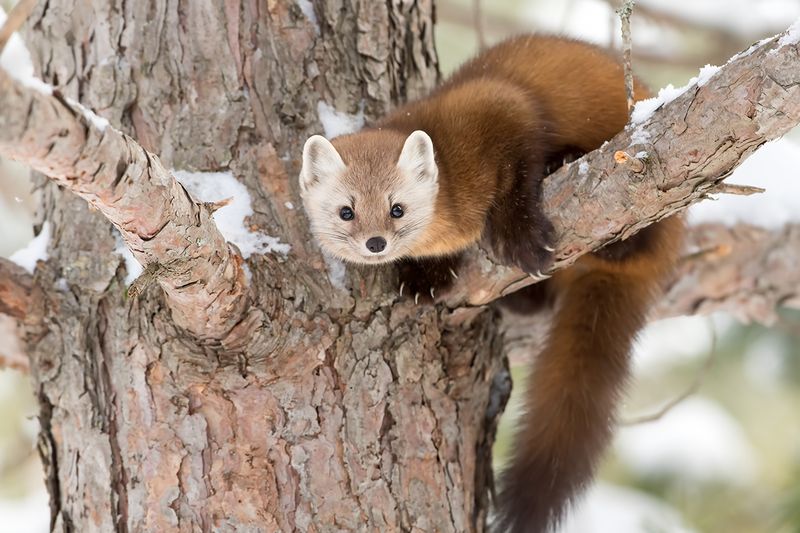
Perched high in the treetops, the American Pine Marten is a forest acrobat. Known as the ‘Pine Prince,’ this agile mammal navigates the woodland canopy with remarkable ease, leaping from branch to branch in pursuit of its next meal.
Its keen senses and stealthy movements make it an expert hunter. With a slender body and rich, auburn coat, the Pine Prince is as elusive as it is beautiful. Spotting one is akin to finding a needle in a haystack.
Interestingly, the American Pine Marten’s presence indicates a healthy forest ecosystem, thriving where biodiversity is rich.
9. Prairie Phantom – Swift Fox
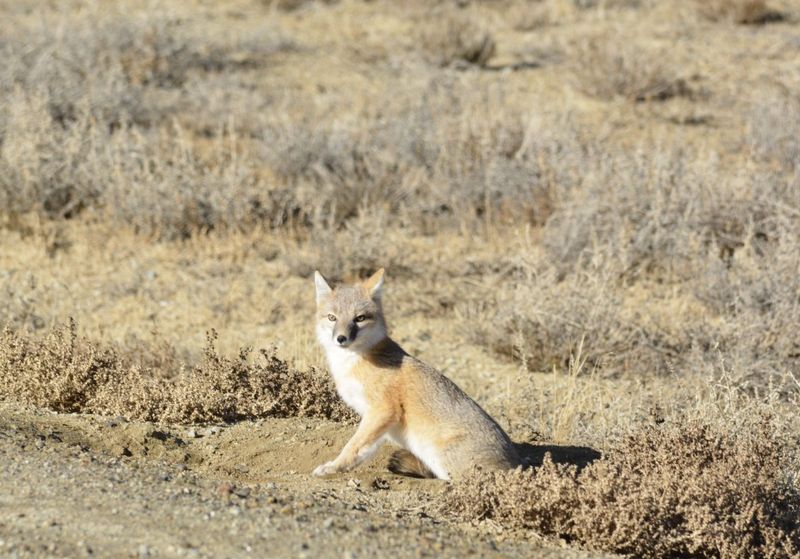
Barely larger than house cats, these diminutive foxes once raced across the grasslands of Badlands and Wind Cave National Parks, living up to their name by running at speeds approaching 30 mph. Their cat-sized paw prints often get mistaken for those of domestic pets.
Nearly wiped out by predator control programs targeting wolves and coyotes, swift foxes are making a tentative comeback. Their distinctive feature? Huge bat-like ears that help them locate mice and insects hiding in prairie grass.
Dawn offers the best chance to spot one as they return to their dens after night hunts. Unlike their red fox cousins, swift foxes rely more on underground burrows than stealth. Their sandy coloration blends perfectly with shortgrass prairie soils.
10. Mountain Mystery – Canada Lynx
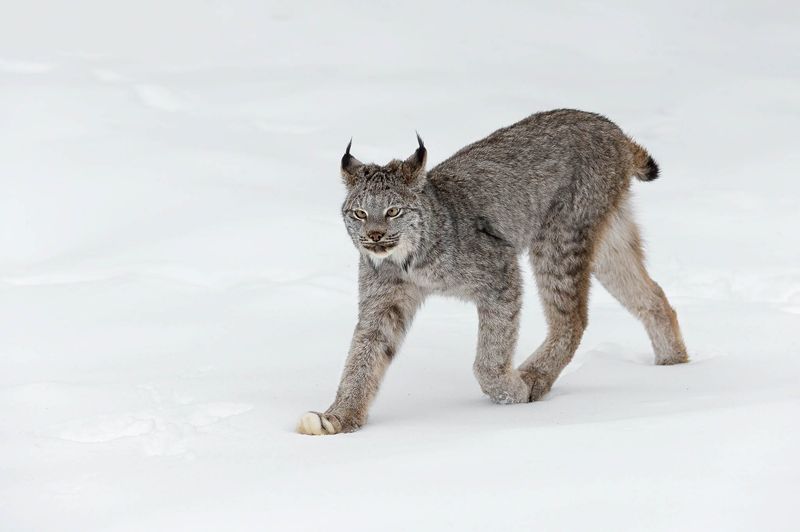
Those massive snowshoe-like paws are the giveaway – if you’re lucky enough to spot them. Canada lynx patrol the snowy forests of Yellowstone and Glacier National Parks, their thick gray fur and black ear tufts blending perfectly with winter shadows.
Built for deep snow, lynx can practically float across powder that would trap other predators. Their enormous paws spread like natural snowshoes, allowing them to pursue snowshoe hares – their favorite prey – through the deepest drifts.
Most lynx sightings last mere seconds before they melt into the forest. Population estimates remain challenging because they’re so rarely seen. Remote cameras occasionally capture their ghostly forms slipping between trees, but most visitors to lynx country never realize how close they might have come to these phantom cats.
11. Desert Illusion – Kit Fox
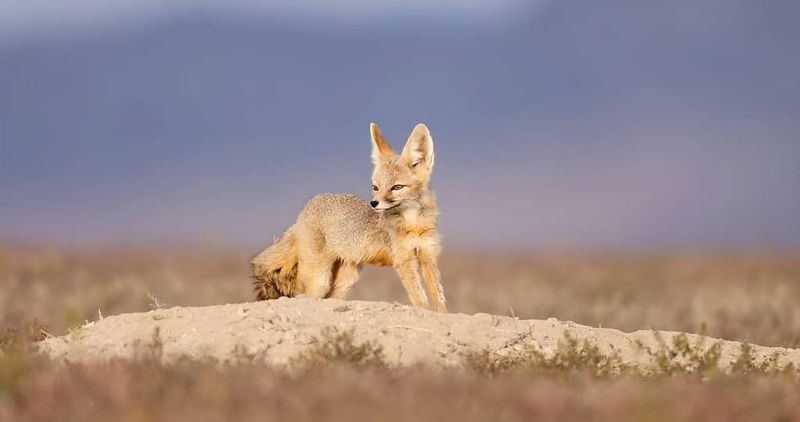
Those enormous ears aren’t just adorable – they’re sophisticated cooling systems. Kit foxes radiate excess body heat through their outsized ears, allowing them to hunt through Death Valley and Joshua Tree National Parks even during scorching summer nights.
The smallest foxes in North America, these delicate predators weigh just 3-5 pounds. Their sandy coats perfectly match the desert soil, making them nearly invisible when motionless.
Kit foxes dig elaborate multi-entrance burrows where they hide during daylight hours. Most park visitors drive right past these engineering marvels without noticing. Night tours occasionally spot their emerald eyeshine reflecting from vehicle headlights, but the animals themselves vanish in heartbeats, leaving only mysterious paw prints in the sand.
12. Alpine Secret – American Pika
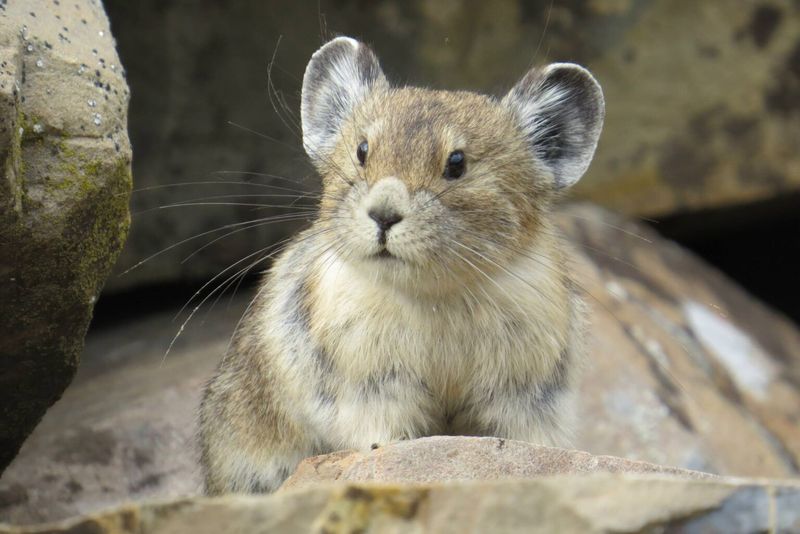
No bigger than hamsters, these mountain specialists aren’t actually rodents – they’re related to rabbits! With teddy bear faces and no visible tails, pikas harvest wildflowers all summer long, creating distinctive “hay piles” to survive harsh winters above the treeline in Rocky Mountain and Olympic National Parks.
Unlike their hibernating neighbors, pikas remain active year-round. Their high-pitched “EEP!” calls echo across talus slopes, but spotting the animals themselves requires patience and sharp eyes.
Climate change threatens these cold-adapted creatures – they can overheat in temperatures above 75°F. As warming pushes them higher up mountains, some populations have nowhere left to go. Their tiny size and rock-matching fur make photography challenging, even for wildlife professionals with specialized equipment.
13. Silver Shadow – Northern Flying Squirrel
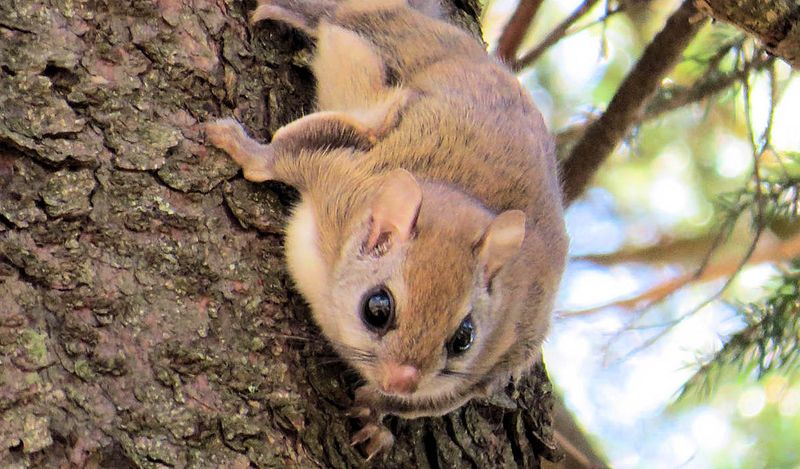
When night falls, the Northern Flying Squirrel takes to the skies, its nocturnal adventures earning it the nickname ‘Silver Shadow.’ With a flap of its skin-like wings, this squirrel glides effortlessly from tree to tree, a silhouette against the moonlit sky.
Its large, expressive eyes are perfectly adapted to the darkness, providing excellent night vision. The Silver Shadow’s diet consists of a variety of nuts, seeds, and fungi, which it gathers during its nightly forays.
These gliders are a true marvel, embodying the mystery and wonder of the forest night.


